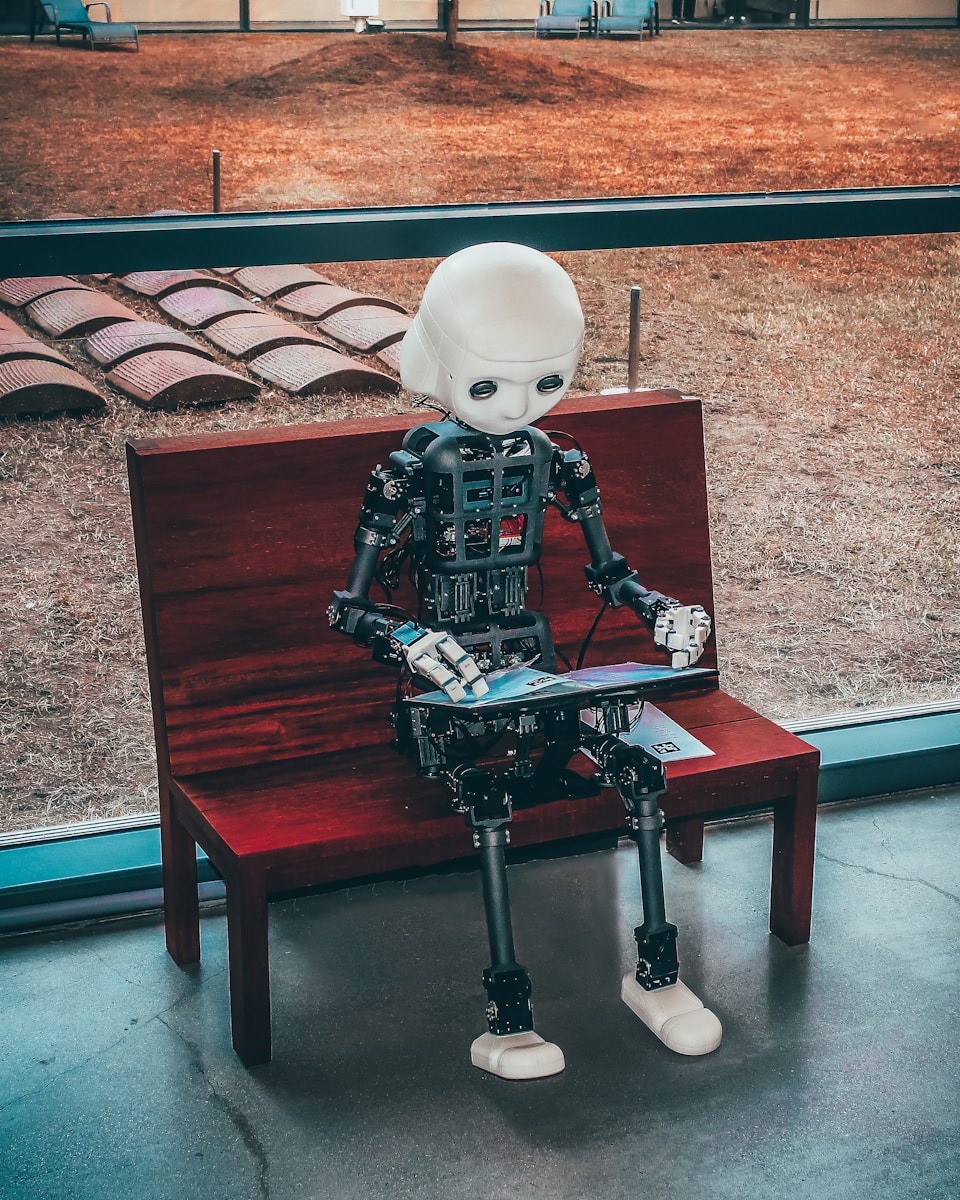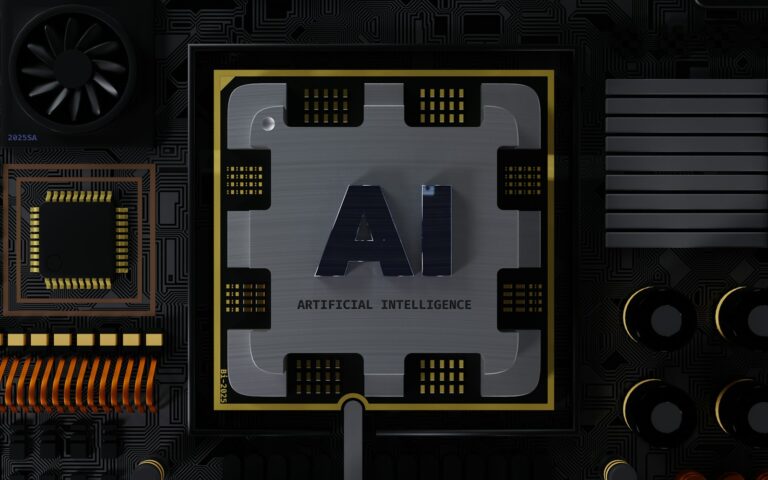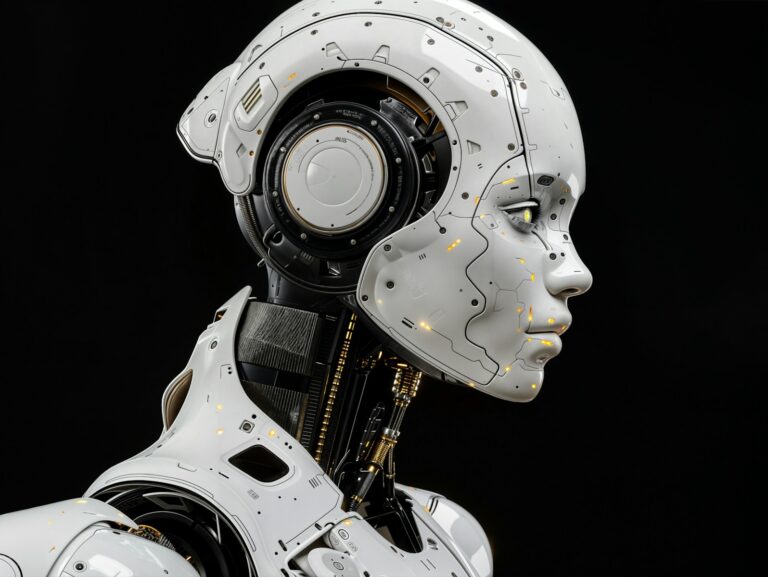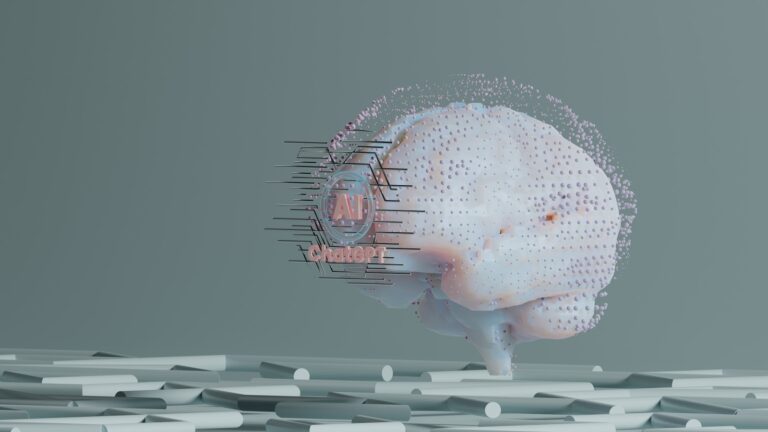
Artificial Intelligence in Smart Cities and Urban Planning
The Rise of Smart Cities
In recent years, urbanization has skyrocketed, with more than half of the world’s population now living in cities. This rapid growth has spurred the development of smart cities—urban areas that leverage cutting-edge technology to enhance the quality of life for their residents. Artificial Intelligence (AI) plays a pivotal role in this transformation, reshaping urban planning and management in ways once thought impossible.
From traffic management to waste disposal, AI enables cities to operate more efficiently, reducing congestion, minimizing resource waste, and enhancing public safety. As cities continue to evolve, the integration of AI technologies will be essential in creating environments that are not only smart but also sustainable.
Enhancing Urban Mobility
One of the most significant applications of AI in smart cities is in urban mobility. AI algorithms analyze real-time data from various sources—such as traffic cameras, sensors, and GPS devices—to optimize traffic flow and reduce congestion. For example, cities like Barcelona and Singapore use AI to adjust traffic signals dynamically based on current conditions, significantly reducing wait times and emissions.
Moreover, AI systems are instrumental in the development of autonomous vehicles, which promise to reshape transportation as we know it. By harnessing AI to communicate with one another, these vehicles can enhance safety and efficiency on the roads, creating a seamless urban mobility experience.
Smart Infrastructure and Resource Management
AI is also revolutionizing how cities manage their infrastructure and resources. Predictive analytics powered by AI can forecast maintenance needs for essential services like water supply, energy distribution, and waste management. For instance, cities like Amsterdam employ AI to monitor water levels in real-time, preventing flooding and ensuring effective resource allocation.
Additionally, AI-driven smart grids optimize energy consumption, integrating renewable energy sources and reducing carbon footprints. By analyzing consumption patterns and adjusting supply accordingly, cities can promote sustainability while meeting the needs of their residents.
Enhancing Public Safety and Emergency Response
AI technology is playing a crucial role in enhancing public safety within smart cities. Advanced surveillance systems equipped with AI can detect unusual patterns and potential threats, enabling law enforcement to respond proactively. Cities like Chicago have adopted AI-driven analytics to predict crime hotspots, allowing police departments to allocate resources more effectively.
Moreover, during emergencies, AI can streamline response efforts. By analyzing data from various sensors and social media feeds, AI systems can assess situations rapidly, directing emergency services to areas in need. This enhanced situational awareness can save lives and mitigate disasters, reinforcing the importance of AI in urban safety.
Conclusion
As we continue to navigate the challenges of urbanization, the integration of Artificial Intelligence in smart cities represents a transformative approach to urban planning and management. From optimizing transportation and resource allocation to enhancing public safety, AI empowers cities to become more adaptable and resilient.
The advent of smart cities is not just a technological evolution; it’s a societal revolution. As urban areas embrace these innovations, they can create environments that not only meet the demands of their residents but also pave the way for a sustainable future. The integration of AI in urban planning holds great promise, and the journey is just beginning.



